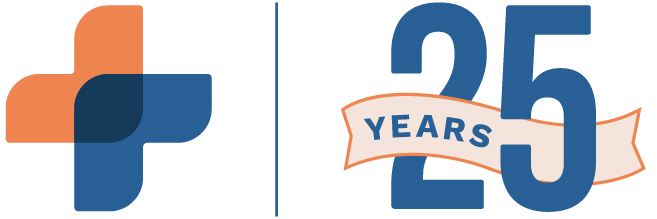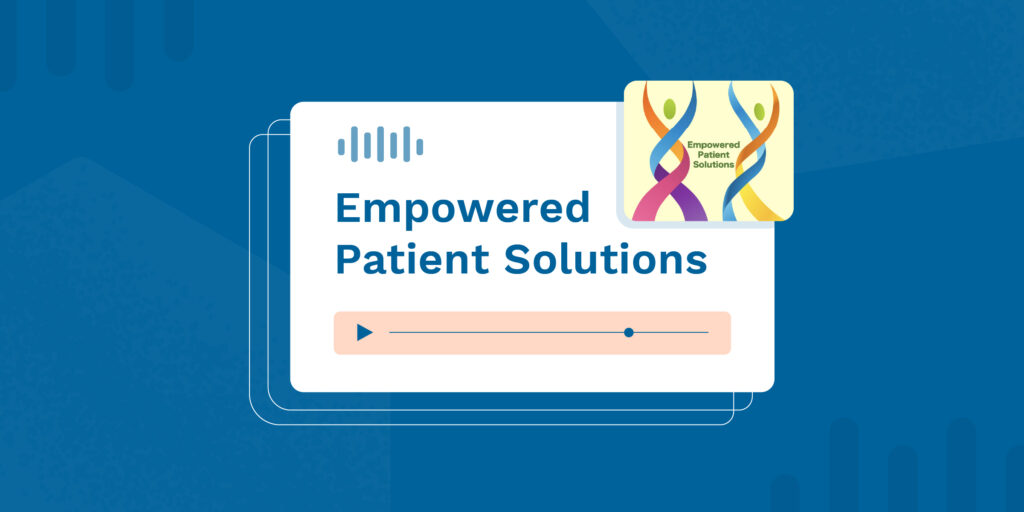The need for mental health services has risen sharply since COVID-19 shut down much of the country in March 2020. Americans are grappling with the effects of job loss, isolation, uncertainty, and trauma. The stress of the pandemic has affected everyone across the globe, but it has particularly impacted children, women, minorities, those with pre-existing conditions, and frontline workers.
As our society works to adapt to a new normal, people are looking for ways to address mental health concerns. Many are turning to telehealth services to take care of themselves while practicing social distancing. Virtual behavioral health services provide a much-needed human connection while offering coping strategies, support, and treatment.
Nationwide Trauma Increases Symptoms of Mental Illness
According to the Kaiser Family Foundation, nearly half of all Americans report that the pandemic is harming their mental health. The Washington Post labeled the pandemic a “nationwide physiological trauma” as symptoms of mental illness, particularly depression and anxiety, have spiked across the country.
According to a Forbes article, “one-third of adults ages 18 to 29 are in the high distress group” due to COVID-19, and for Americans experiencing financial difficulties, that figure increases to 55%. Job loss and insecurity continue to be major triggers for decreased mental health; other concerns include economic instability, fear of sickness, concern for loved ones, and loneliness.
Identifying signs of mental illness can be particularly difficult during these times of social distancing and quarantine. This could be especially true for children and adolescents whose entire academic and social lives have been disrupted by the pandemic. Experts warn that children, particularly those still learning healthy coping skills, are at higher risk of developing stress-related cognitive impairments and diseases.
Filling the Mental Healthcare Gap through Virtual Services
In the past, community organizations, volunteer services, churches, clubs, gyms, and social gatherings provided outlets for recreation, stress relief, and support. With the interruption of these services, Americans are looking for new ways to connect with others and receive mental health support. Telehealth services bridge the gap between patients and providers while following social distancing guidelines.
The effectiveness of telemental health services is well-documented, particularly for treating depression, anxiety, burnout, and PTSD. The United States had already seen an increase in the use of virtual mental healthcare before the pandemic, due to the cost-effectiveness and accessibility of these vital services.
The easing of telehealth restrictions for Medicare patients, emergency waivers, temporary exceptions to the Ryan Haight Act, and the Coronavirus Preparedness and Response Supplemental Appropriations (CARES) Act have further expanded the accessibility of the services during the crisis. Under the CARES Act and Section 1135 of the Social Security Act, providers can see Medicare patients virtually and bill for these services with some stipulations in place.
Major insurance carriers have also relaxed telehealth restrictions. The Drug Enforcement Agency (DEA) is allowing registered practitioners to prescribe controlled substances virtually throughout the duration of the pandemic (provided requirements are met). It should come as no surprise then that the use of telehealth services as a whole is predicted to increase by 63% this year in the United States.
Electronic Prescriptions: An Important Component of Comprehensive Care
Behavioral health specialists, therapists, and psychiatrists are making use of many methods of communication to treat patients including text messages, smartphone apps, emails, videoconferencing, and patient portals. When integrated with electronic prescribing, they can help to facilitate comprehensive mental health services in even the most remote and rural areas. Given the rate at which rural hospitals and clinics are closing, telehealthcare and electronic prescribing fill a significant gap in many communities.
Even as the pandemic subsides, mental health providers can expect to see a sustained increase in the use of telehealth services. Virtual options are often more attractive to patients struggling with the stigma of mental illness or for those who, for whatever reason, are unable to see their provider in person.
It’s critical that providers carefully monitor not only the symptoms of patients with mental illness but also their medication adherence and usage. Electronic prescribing helps keep patients safe by reducing errors, increasing the security of prescription transmittal, and providing access to patient medical history.
For a look at how telehealth and e-prescribing can benefit your practice, get in touch with our team for a free virtual demo.
Sources:
What COVID-19 Is Doing to Our Mental Health
We need to prepare for the mental health effects of coronavirus on kids
10 Eye-Opening Statistics On The Mental Health Impact Of The Coronavirus Pandemic
Coronavirus is harming the mental health of tens of millions of people in U.S., new poll finds
Telemental Health Care, an Effective Alternative to Conventional Mental Care: a Systematic Review
Telehealth set for ‘tsunami of growth,’ says Frost & Sullivan





